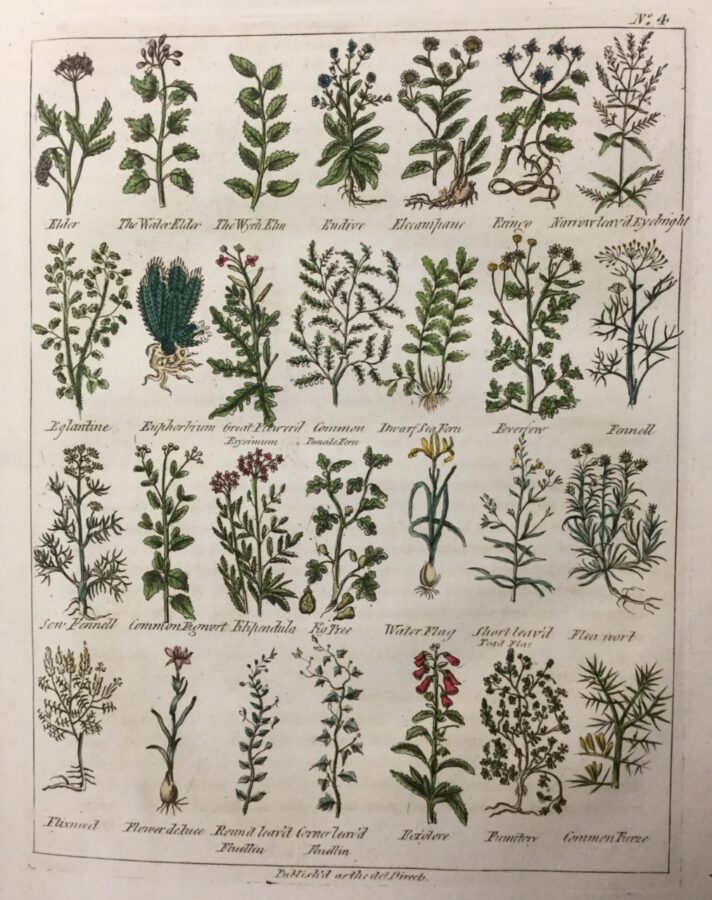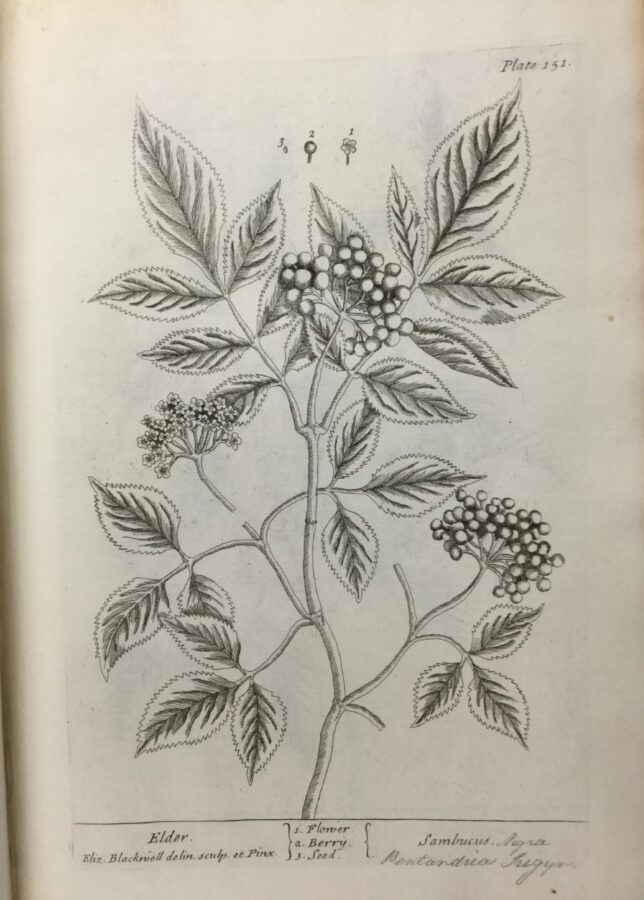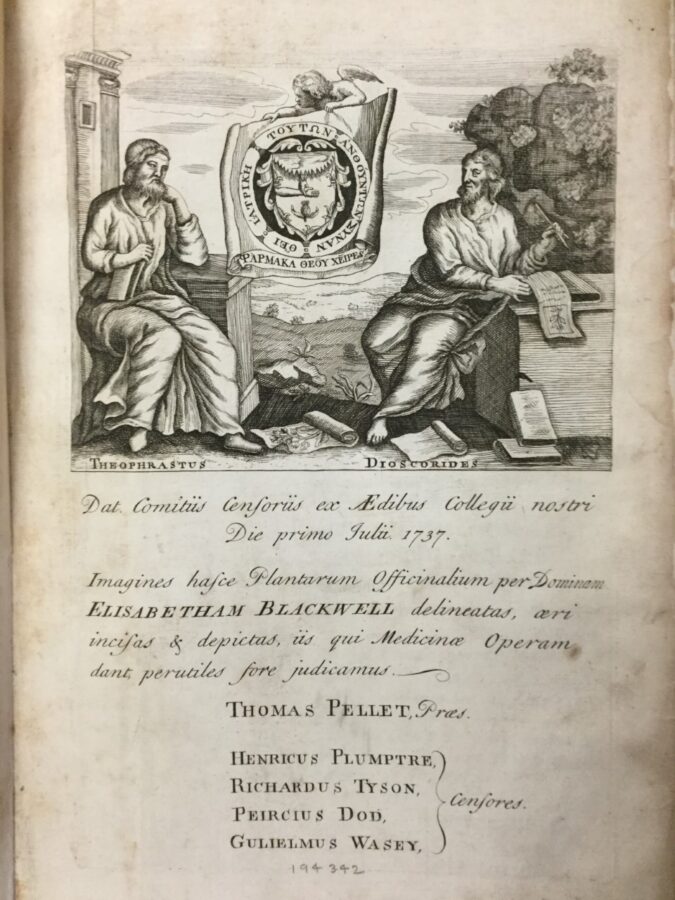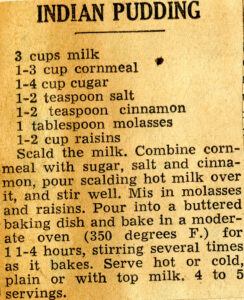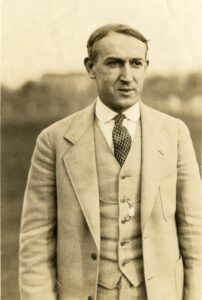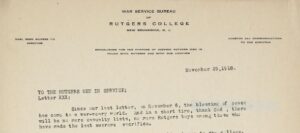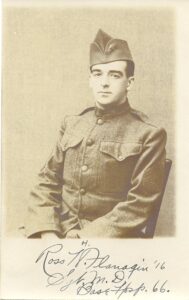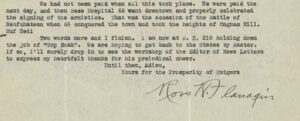We hold a number of collections relating to New Jersey and the history of Rutgers University. If you are generally interested in collections we have you are welcome to check out our finding aids (guides that explain what are in each collection). But since the whole idea is to bring the archive into your home, here are some items from collections that you can explore from anywhere.
Special Collections:
- Albert Bierstadt sketchbook: https://rucore.libraries.rutgers.edu/rutgers-lib/57437/
- Badian Collection: Coins of the Roman Republic: https://collections.libraries.rutgers.edu/roman-coins
- Borough of Roosevelt Historical Collection: https://rucore.libraries.rutgers.edu/search/results/?key=root&q1=&q1field=object&q1bool=AND&q2=&q2field=object&rtype%5B%5D=&orderby=relevance&numresults=10&c%5B0%5D=Roosevelt
- Brendan T. Byrne: https://governors.rutgers.edu/governor-brendan-t-byrne-administration/
- Consumers’ League of New Jersey: https://rucore.libraries.rutgers.edu/search/results/?key=root&q1=Consumers%27+League+of+New+Jersey&q1field=mods%3Aname
- Dorothy Gillespie Papers: https://rucore.libraries.rutgers.edu/search/results/?key=root&q1=&q1field=object&q1bool=AND&q2=&q2field=object&rtype%5B%5D=&orderby=relevance&numresults=10&c%5B0%5D=rucore00000002394&c%5B1%5D=rucore00000002395
- General images: https://rucore.libraries.rutgers.edu/search/results/?key=root&q1=&q1field=object&q1bool=AND&q2=&q2field=object&rtype%5B%5D=&orderby=relevance&numresults=10&c%5B0%5D=rucore00000002112
- Heritage Quilt Project of New Jersey: http://quiltindex.org
- John R. Brodhead Papers: https://www.nationaalarchief.nl/onderzoeken/archief/1.01.47.41?open=prod#prod
- Lynd Ward: Images from the Vertigo Collection: https://www.libraries.rutgers.edu/scua/ward-images-from-vertigo
- Medieval and Renaissance manuscripts: https://digital-scriptorium.org/xtf3/search?rmode=digscript&smode=bid&bid=6&docsPerPage=100
- Modern School: https://www.libraries.rutgers.edu/scua/modern-school-images
- New Brunswick First Reformed Church Records: https://rucore.libraries.rutgers.edu/rutgers-lib/38385/
- New Jersey Broadsides: https://rucore.libraries.rutgers.edu/search/results/?key=root&q1=&q1field=object&q1bool=AND&q2=&q2field=object&rtype%5B%5D=&orderby=relevance&numresults=10&c%5B0%5D=rucore00000002048&c%5B0%5D=rucore00000002048
- New Jersey Social and Political Activism Collection:
- Finding Aid: http://www2.scc.rutgers.edu/ead/snjc/NJActivismf.html
- Women’s March Protest Posters, 2017 (Washington DC): https://go.rutgers.edu/6cldm3g5
- Women’s March Protest Posters, 2017 (New York City): https://go.rutgers.edu/lc0wp03h
- Peter Still papers: https://stillpapers.org/
- Rick Engler Collection on New Jersey Worker and Community Right to Know Act: https://rucore.libraries.rutgers.edu/search/results/?key=root&q1=&q1field=object&q1bool=AND&q2=&q2field=object&rtype%5B%5D=&orderby=relevance&numresults=10&c%5B0%5D=rucore00000002352
- Suellen Glashausser Artists’ Books Collection: https://www.libraries.rutgers.edu/rulib/spcol/bookarts/SEG/artistbooksframeb.html?fbclid=IwAR2fyqbS03j0Zzl09w7vHLE-g0MgMKdfx3Bk_gAOO1TcSSBjsFsWKbrwWqQ
- Tracy Voorhees Papers: https://rucore.libraries.rutgers.edu/search/results/?key=root&q1=&q1field=object&q1bool=AND&q2=&q2field=object&rtype%5B%5D=&orderby=relevance&numresults=10&c%5B0%5D=rucore00000002109
- Walt Whitman Collection: https://whitmanarchive.org/manuscripts/finding_aids/Rutgers.html
- William Elliot Griffis Collection: https://rucore.libraries.rutgers.edu/search/results/?key=root&q1=&q1field=object&q1bool=AND&q2=&q2field=object&rtype%5B%5D=&orderby=relevance&numresults=10&c%5B0%5D=RULGriffis
-
- Finding Aid: https://www.libraries.rutgers.edu/scua/griffis
- World War I: Liberty Bond Posters: https://www.libraries.rutgers.edu/scua/world-war-I-liberty-bond-posters
University Archives:
- Brewing bachelors: the history of the University of Newark: https://ia802804.us.archive.org/32/items/BrewingBachelorsTheHistoryOfTheUniversityOfNewark1/Brewing%20bachelors%20the%20history%20of%20the%20University%20of%20Newark-1.pdf
- Henry Rutgers: https://www.libraries.rutgers.edu/scua/henry-rutgers
- John Bogart Letters: https://archive.org/stream/cu31924029806415#page/n7/mode/2up
- Rutgers and the American Revolution: http://www2.scc.rutgers.edu/bogart/r1.htm
- Rutgers College War Service Bureau (WWI letters): http://www2.scc.rutgers.edu/ead/uarchives/warservicebureauf.html
- Rutgers Oral History Archive: https://oralhistory.rutgers.edu/
- Rutgers-Newark in the 1960s and 1970s Oral History Collection: http://www2.scc.rutgers.edu/ead/uarchives/newark60s70sf.html
- The Targum: https://rucore.libraries.rutgers.edu/search/results/?key=root&q1=&q1field=object&q1bool=AND&q2=&q2field=object&rtype%5B%5D=&orderby=relevance&numresults=10&c%5B0%5D=rucore00000002380
- Yearbooks: https://collections.libraries.rutgers.edu/yearbooks
University Archives materials on the Internet Archive: https://archive.org/search.php?query=%28Rutgers+University%29&and%5B%5D=mediatype%3A%22texts%22&page=3
Livingston Alumni Association: https://archive.org/details/livingstoncollegealumni?&sort=-downloads&page=2
